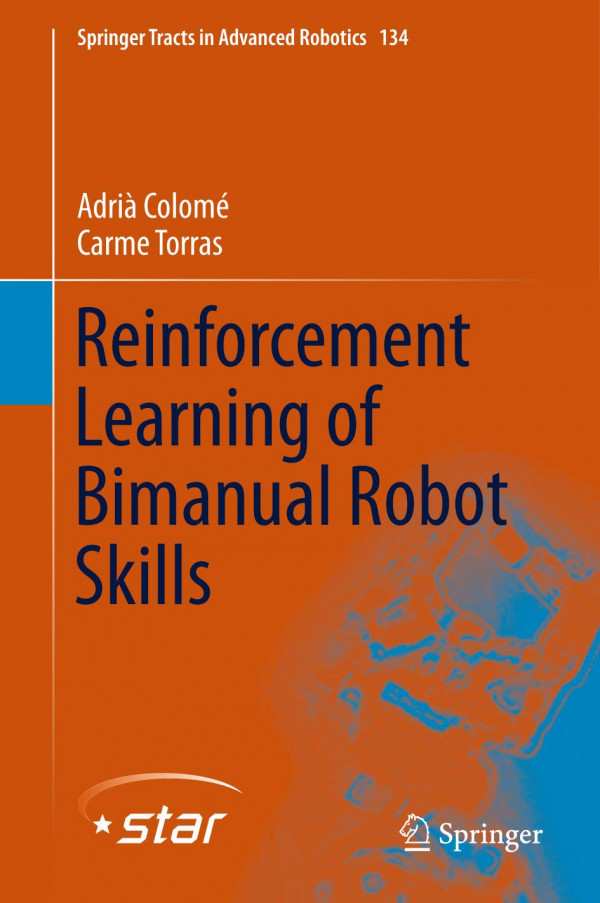

Most ebook files are in PDF format, so you can easily read them using various software such as Foxit Reader or directly on the Google Chrome browser.
Some ebook files are released by publishers in other formats such as .awz, .mobi, .epub, .fb2, etc. You may need to install specific software to read these formats on mobile/PC, such as Calibre.
Please read the tutorial at this link: https://ebookbell.com/faq
We offer FREE conversion to the popular formats you request; however, this may take some time. Therefore, right after payment, please email us, and we will try to provide the service as quickly as possible.
For some exceptional file formats or broken links (if any), please refrain from opening any disputes. Instead, email us first, and we will try to assist within a maximum of 6 hours.
EbookBell Team

4.3
38 reviewsThis book tackles all the stages and mechanisms involved in the learning of manipulation tasks by bimanual robots in unstructured settings, as it can be the task of folding clothes.
The first part describes how to build an integrated system, capable of properly handling the kinematics and dynamics of the robot along the learning process. It proposes practical enhancements to closed-loop inverse kinematics for redundant robots, a procedure to position the two arms to maximize workspace manipulability, and a dynamic model together with a disturbance observer to achieve compliant control and safe robot behavior.
In sum, the reader will find in this comprehensive exposition the relevant knowledge in different areas required to build a complete framework for model-free, compliant, coordinated robot motion learning.